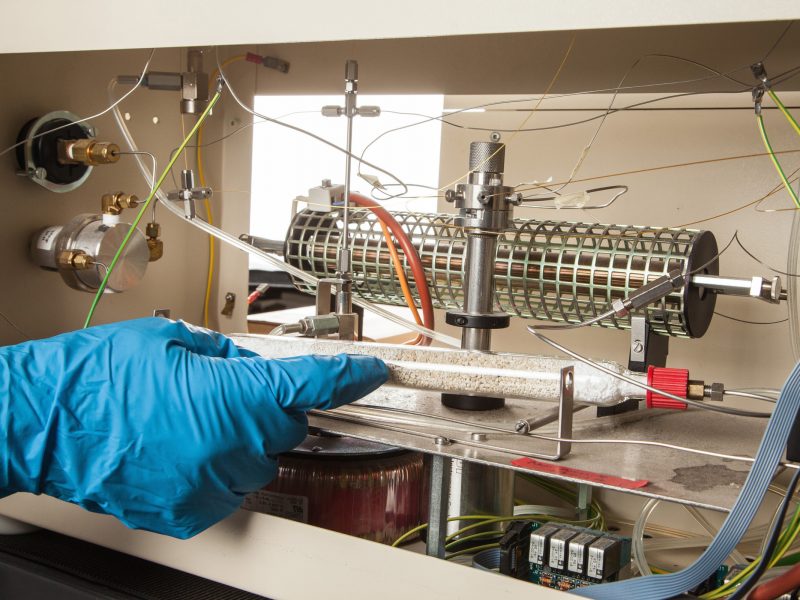Material transfer agreement FAQs
A material transfer agreement (MTA) is a legally binding document that governs the transfer of the possession of tangible property without transferring ownership of the property. The party transferring the materials retains ownership of the materials while the recipient holds the materials in trust.
There are a number of important reasons why NAU uses MTAs for the transfer of tangible research materials (and sometimes data), but the overarching reason is to protect the rights of both the recipient and provider. The following are examples of how terms and conditions of MTAs govern the transfers and receipts of the materials. This list is not exhaustive.
MTAs usually include language that:
- describes, in general terms, how the materials are to be used by the recipient, including whether the materials may be used in human or animal subjects
- prohibits reverse engineering of the material
- establishes confidentiality obligations relating to the materials and/or to information and data associated with the materials (which may also be transferred under the MTA)
- grants and/or limits the recipient’s intellectual property (IP) rights to modifications or other substances created by the recipient through use of the materials
- establishes the provider’s rights (which may be IP rights, use rights, or licensing rights) to use any derivatives, progeny, modifications, etc. created by the recipient through use of the materials
- protects the provider’s IP rights in proprietary materials
- protects the provider against a claim of infringement on IP rights of any third party
- prohibits the recipient from providing the materials to a third party without the consent of the provider
- protects the institutions from financial liability for damages incurred as a result of provider’s and recipient’s transfer, receipt, handling, storage, transport, etc., of the materials
- biological materials, such as reagents, human or animal tissues, blood, or other research specimens
- cell lines, plasmids, vectors, and data associated therewith
- chemical compounds or mixtures, devices, prototypes, or software
When in doubt, contact NAU Innovations to determine whether an MTA is required.
Material transfer agreements, like other legally-binding agreements applicable to much of the university’s business, are actually made between the Arizona Board of Regents for and on behalf of NAU, and the other institution. Therefore, only individuals granted the authority to legally bind the Arizona Board of Regents may sign MTAs. MTAs signed by individuals who are not authorized signers are invalid and unenforceable. At NAU, the Office of the Vice President for Research signs MTAs. Some MTAs do require the signatures of either the provider or recipient scientist, or both; however, these signatures do not legally bind the institutions or execute the agreement.
Yes, the MTA must be signed first.
UBMTA is the uniform biological material transfer agreement. A number of institutions have agreed to accept this MTA for the transfer of biological materials. NAU is a signatory to the UBMTA, which means that for certain biological materials, we may not need to negotiate the terms and conditions of an MTA but could simply execute a UBMTA “implementing letter” to the other party. Please note that not all biological materials can be transferred under the UBMTA mechanism, and not all institutions accept the UBMTA.
Email NAU Innovations with your request and we will initiate the agreement process. NAU Innovations will work with you and collaborating institution researcher, and with the collaborating institution’s technology transfer office to execute an MTA.
